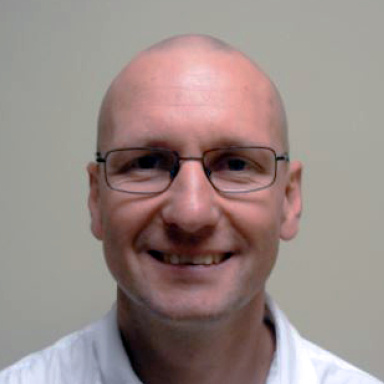The first lung volume reduction coil (LVRC) procedure on the African continent was performed at the Mediclinic Panorama Heart and Lung Unit in 2014 in partnership with the Stellenbosch University Faculty of Medicine.
It was performed by Dr Johan Theron, an interventional pulmonologist in private practice at Mediclinic Panorama and Prof Coenie Koegelenberg, a pulmonology and critical care consultant at Stellenbosch University and Tygerberg Academic Hospital.
The non-invasive, non-surgical LVRC procedure gives hope to sufferers of emphysema and other chronic obstructive pulmonary diseases, increasing quality of life, lowering risk of death and decreasing recovery time.
Dr Theron and Prof Koegelenberg have performed 21 more LVRC procedures on 11 patients in the two years since the first procedure with no significant side effects being recorded in any of the cases.
First LVRC patient
Rob Faux (64) from Johannesburg was the first patient to undergo the LVRC procedure. At the time he suffered from severe emphysema caused by smoking, and he wanted an alternative to the invasive procedures available at the time.
Rob found out that Dr Theron and Prof Koegelenberg were preparing to perform an LVRC in Cape Town. He was subsequently assessed and counselled by Dr Theron before undergoing the procedure in 2014. Afterwards he experienced no drastic side effects and six weeks later he was able to fly down to Cape Town on his own and drive himself to his follow-up consultation.
How is LVRC different?
Traditionally lung reduction procedures to treat emphysema involve open surgery. Severely diseased lung tissue is removed to allow the healthier – but often still diseased – lung tissue to function more effectively.
By contrast, the LVRC procedure entails the insertion of flexible scopes to place metal coils into the diseased lung tissue. The coils are inserted through a tube that is carefully positioned down the patient’s throat. The coils then spring into shape when released into the lung tissue, returning elasticity to the diseased tissue and allowing the lungs to function more effectively.
Dr Theron explains: ‘The tiny coils inserted into the lung increase pulmonary elasticity to hold open narrow airways, preventing them from collapsing. This improves the lung’s capacity to contract when exhaling. The procedure takes 30 to 60 minutes under deep sedation or general anaesthesia and the improvement in lung function can be tested within a day.
A patient without complications can be discharged within two days. The quick recovery time is a result of the lack of big incisions and no lung tissue being removed, greatly reducing the risk of infection and complications.
Risk factors and pilot studies
According to the most recent statistics released by the World Health Organization, more than 3 million people died of chronic obstructive pulmonary disease (including emphysema) in 2012, accounting for almost 6% of deaths worldwide. That makes it the fourth leading cause of death in the world.
Internationally, smoking is the main cause of chronic obstructive pulmonary disease (including emphysema). In South Africa, however, factors such as tuberculosis and environmental and occupational exposure to pollutants (such as experienced by mineworkers) may also play a role in causing lung disease.
Previously, therapeutic options for advanced emphysema were limited. The LVRC procedure now offers improved quality of life and lowers the mortality rate of this disease, giving hope to those who were unable to benefit from other treatments.
The LVRC procedure was piloted in Germany in 2008. Since then it has been performed successfully in many first-world countries, including the USA, Switzerland, Spain, The Netherlands and France.
This pioneering procedure, offered at Mediclinic Panorama, provides patients with hope and ensures a better quality of life. It also highlights the benefits of the partnership between Mediclinic and the Stellenbosch University Faculty of Medicine as it paves the way for more ground-breaking procedures in future.
Further publications on the topic
Doctors 1


